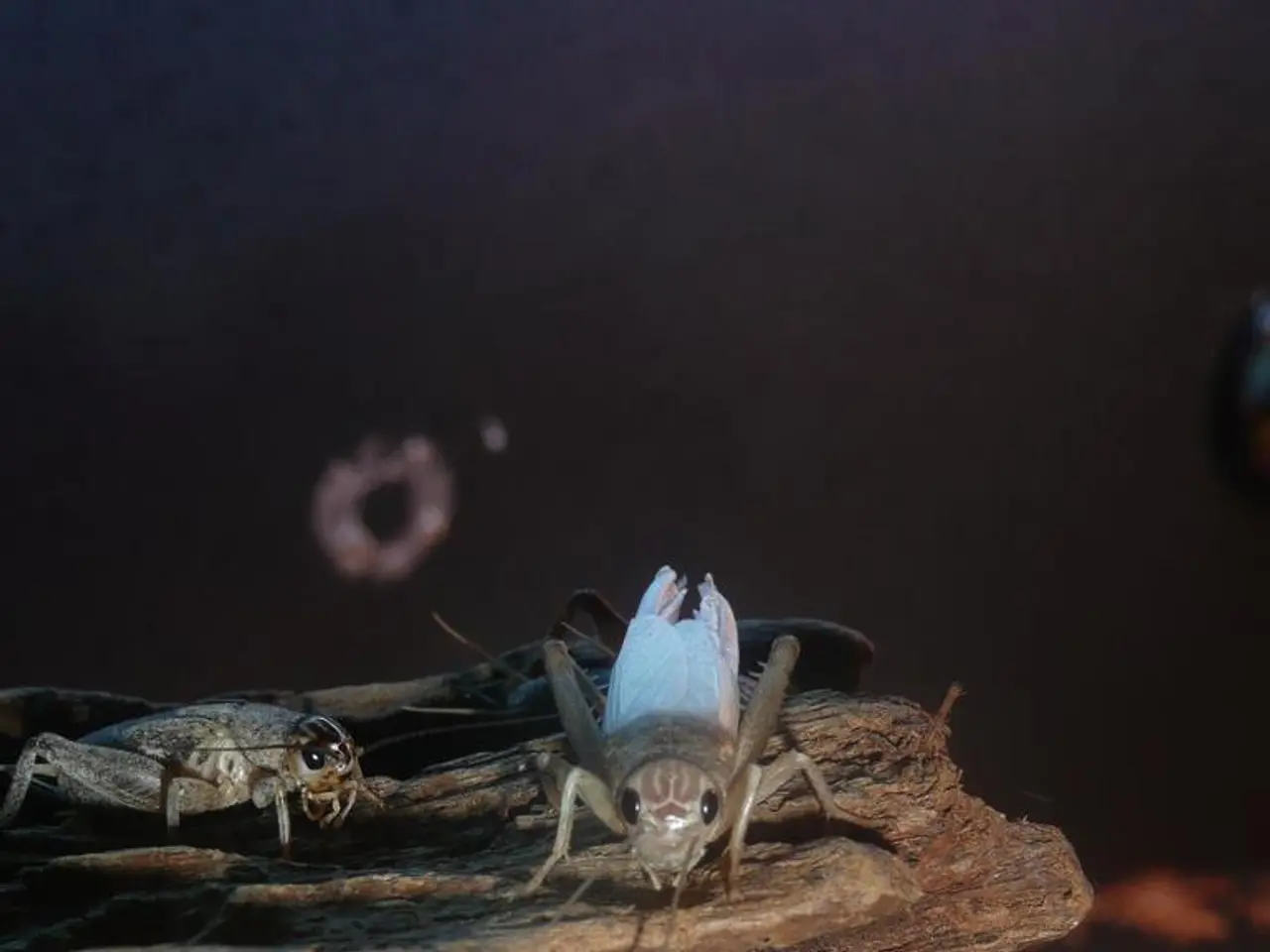Bonsai Sap Issues: Unraveling Root Causes and Remedies
Sticky sap on bonsai trees can be a puzzling sight for enthusiasts, but understanding its causes is key to maintaining the health of these miniature masterpieces. There are three primary factors that can lead to sticky sap: natural defense mechanisms, pest infestations, or resin production.
Natural defense mechanisms are a common response by bonsai trees and other plants to seal wounds, deter herbivores, or prevent pathogen entry. This sap, often a natural resin exuded when the tree is pruned, injured, or stressed, serves as a physical and chemical barrier against pests and infections.
Pest infestations, on the other hand, can wreak havoc on bonsai trees. Some pests like mealybugs, scale insects, and aphids feed on the tree's sap and excrete a sticky substance called honeydew. This honeydew is not sap but a sugary excretion that often coats leaves or branches, attracting ants and promoting fungal diseases such as sooty mold.
Certain species naturally produce resinous sap, which may be sticky and aromatic, as part of their normal physiology. This resin can also serve to seal wounds and protect against infection or insect attack.
To differentiate between these causes, bonsai enthusiasts can employ a few strategies. First, inspect the tree for signs of insects such as small white cottony clusters (mealybugs), waxy bumps (scale insects), or ants attracted to sticky areas. Presence of these pests indicates the sticky substance is honeydew from infestation.
Second, check for wounds or pruning sites. If the tree has recent cuts, physical damage, or pruning wounds, sticky sap seeping from these points is likely natural resin exudation.
Third, observe the sap's characteristics. Resinous sap usually has a thicker, sometimes aromatic quality, and is often clear to amber in color. Honeydew is usually a thin, sticky, and sweet excretion.
Fourth, evaluate the tree's overall health. Pest infestations often coincide with symptoms like stunted growth, wilting, sooty mold growth on leaves, or general decline. Natural resin exudation may occur in otherwise healthy trees after injury.
Lastly, consider the care environment. Environmental stress (overwatering, humidity) can promote both sap exudation and pest outbreaks, so evaluating care conditions gives clues to the cause.
By combining pest inspection, wound check, sap characterization, and plant health assessment, bonsai owners can determine if sticky sap is a natural defense, resin production, or pest-related honeydew, thereby selecting appropriate treatment or care steps.
In summary, sticky sap can indicate natural defense mechanisms, pest infestations, or resin production. By understanding these causes and employing proper diagnostic techniques, bonsai enthusiasts can maintain the health and beauty of their trees. Remember, early detection of pest infestations is essential, and regular examinations of the bonsai's environment and nearby plants can help identify potential pest carriers.
[1] Pest Management Guidelines for Bonsai Trees [5] Bonsai Pest Identification and Control
- If a bonsai tree exhibits signs of pest infestations, such as the presence of small white cottony clusters (mealybugs), waxy bumps (scale insects), or ants attracted to sticky areas, it suggests that the sticky substance is honeydew from the pests, which can attract more pests and promote fungal diseases.
- Instead of being a primary cause of sticky sap, natural resin production by certain bonsai species may occur when the tree is healthy but experiences injury or pruning, leading to the exudation of thick, sometimes aromatic, and often clear to amber sap.




